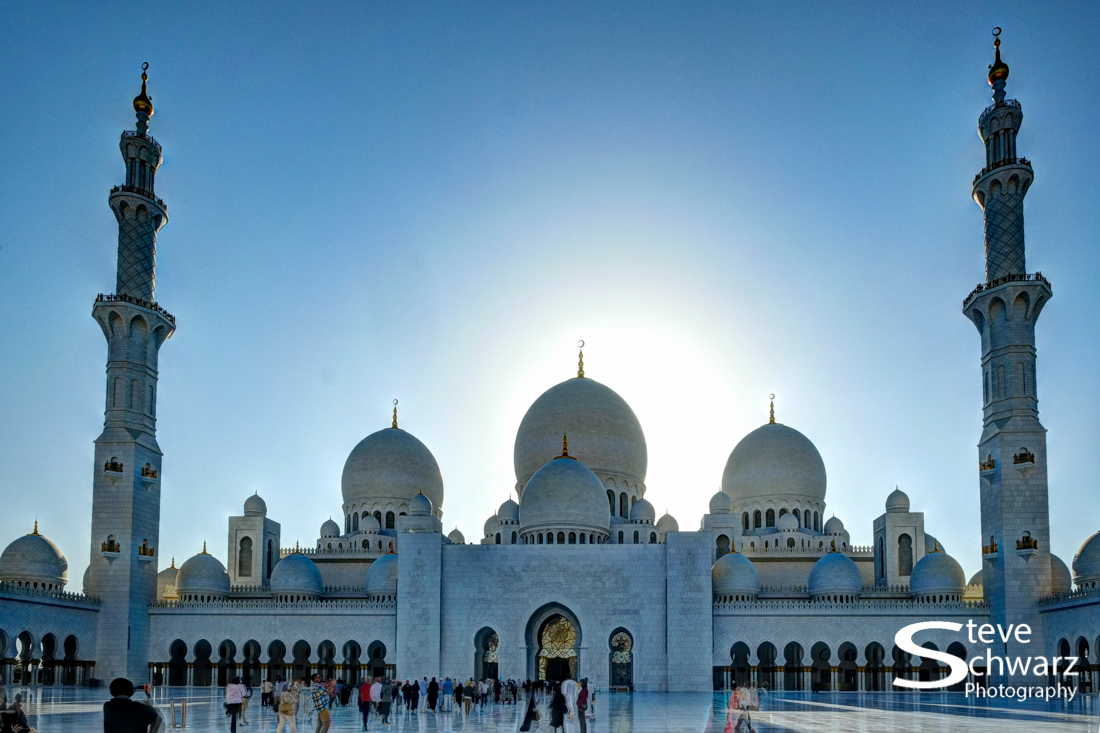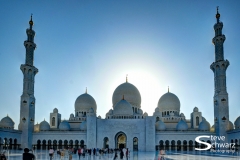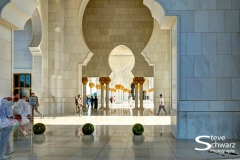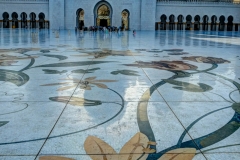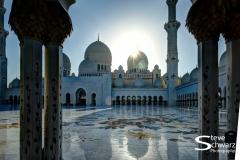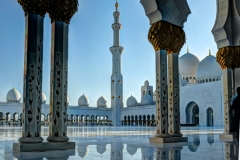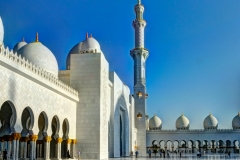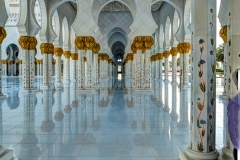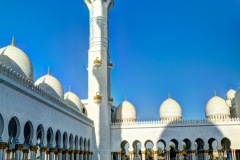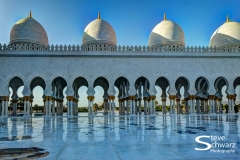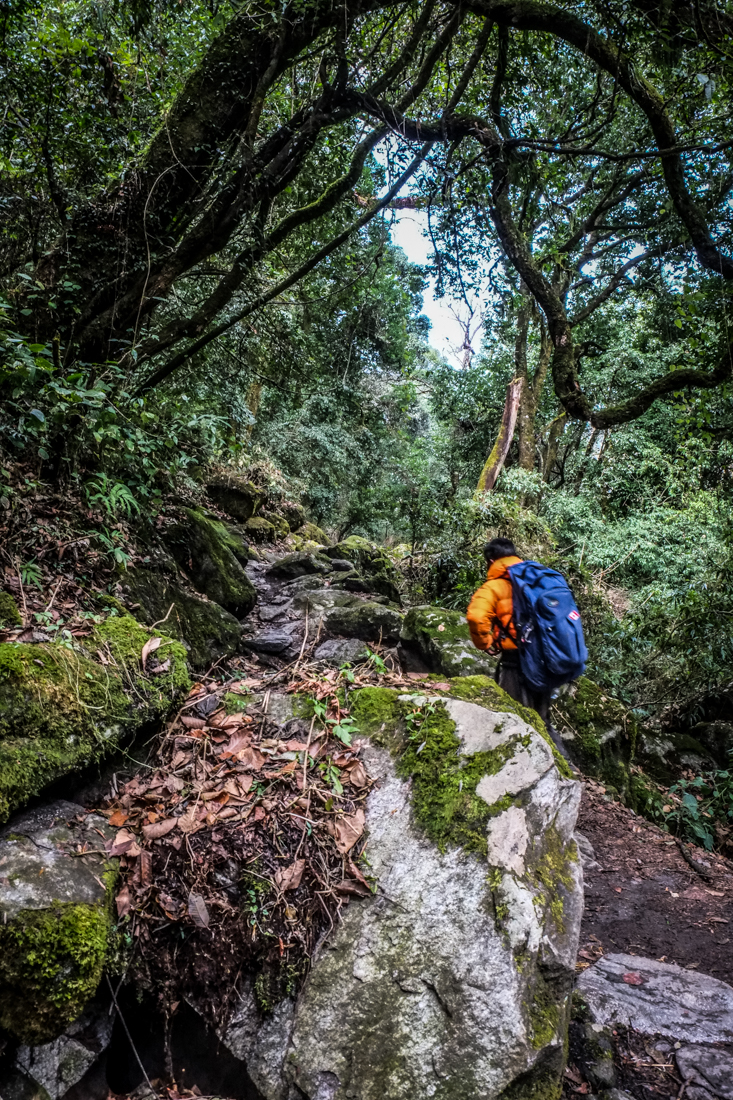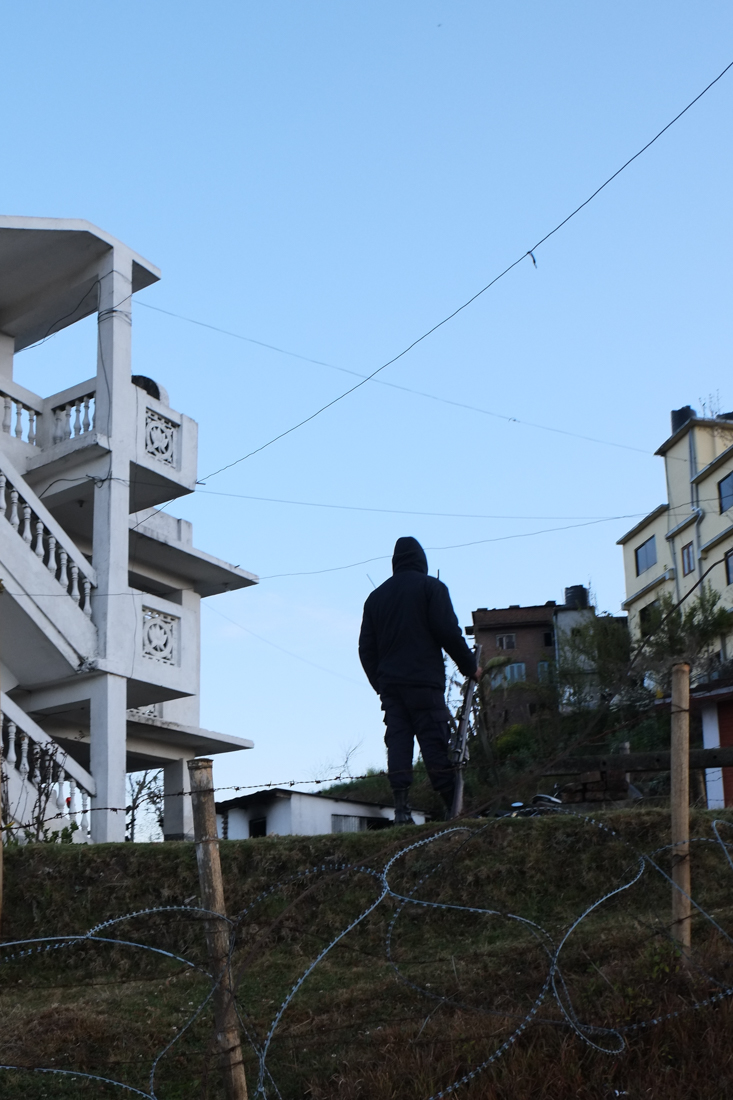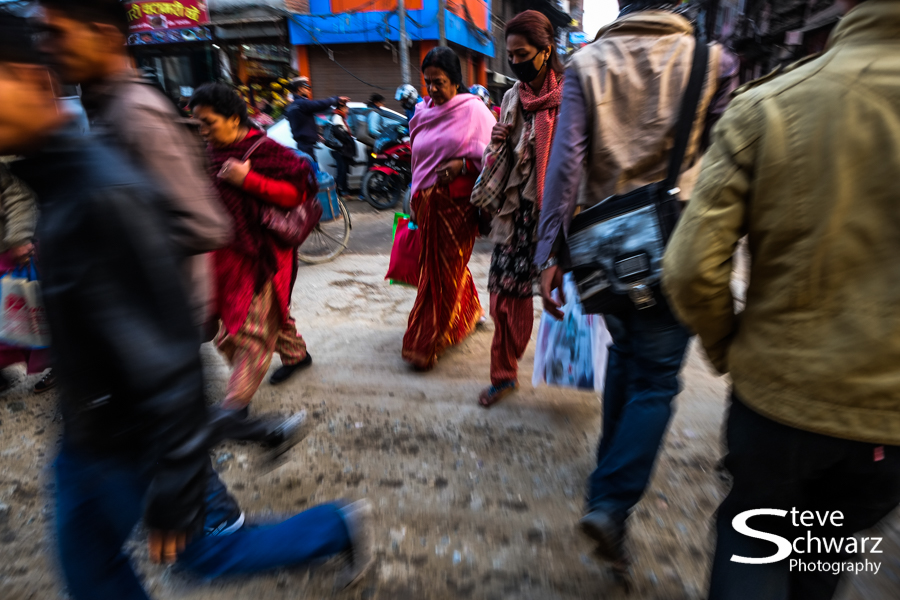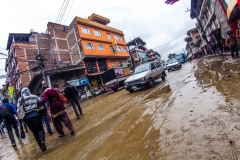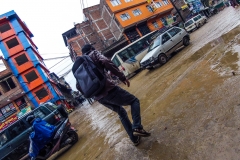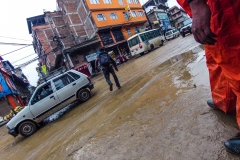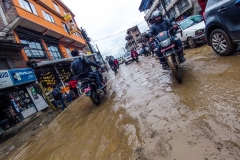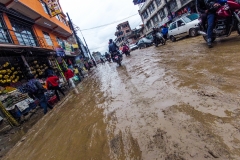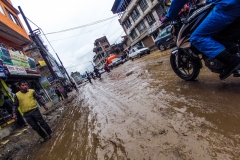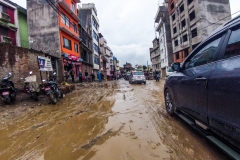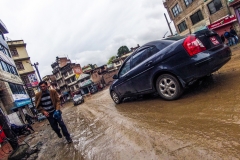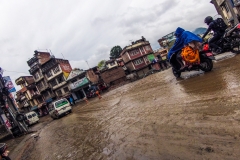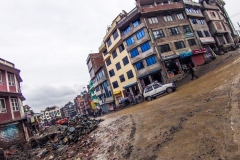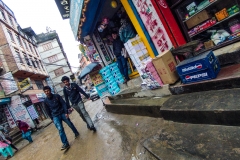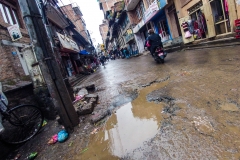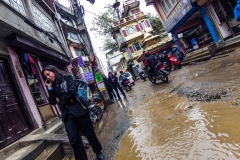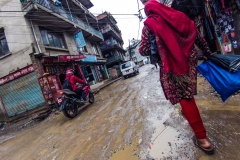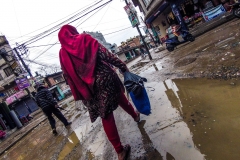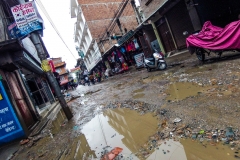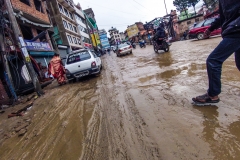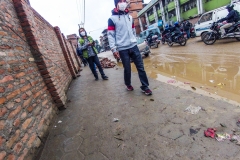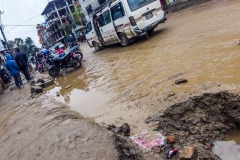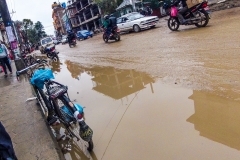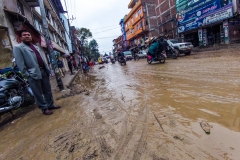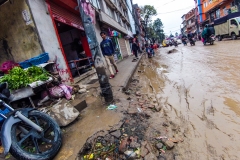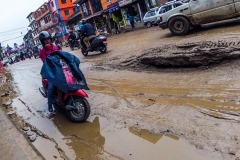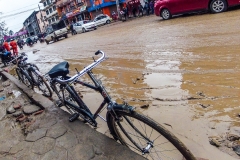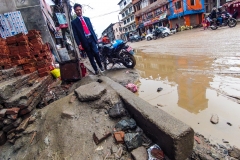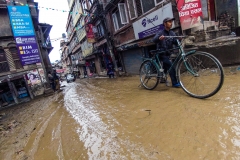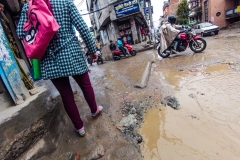Carrying a tripod in Nepal almost got me shot by Nepal Police, and had Army soldiers walk by with ‘safety off’ on their rifles.
It all started in Nagrakot (an hours drive north of Kathmandu), while walking through a Police checkpoint. I’d passed through this check point several times before, even with my camera tripod attached to my backpack, and had no problems. On this fateful day, I was carrying the tripod in my hand as I approached the checkpoint. At about 10 meters away the Police suddenly, and without warning started shouting at me, and pointed his rifle at my chest. I could not understand what he was saying – though the way he was waving his rifle, is seemed to mean …’drop ….drop’. With my eyes locked on the rifle, I slowly moved my arms away from my body, and lowered the tripod and placed it on its legs on the ground. In my right hand, I was holding my camera with a wrist strap. I placed the camera on the tripod, and carefully slid off the wrist strap and backed away. Seconds later, though it seemed like forever, another Policeman came running from behind me. He was angry, really angry and saying ‘camera…click..click’. I thought I was going to piss my pants. The second Policeman ran in front of me toward the first Policeman still with the rifle pointed at me, yelling something. The first Policeman then lowered his rifle (a World War 2 vintage Lee Enfield), then spat on the ground and flicked his thumb toward the path and went inside his guard post !.
A few hours later, walking along the main road and passing a military base I saw a small hill on the other side of the rood. The small hill overlooked the valley below and had a superb view of the mountains in the distance. I headed over, checked out the view, took a few pictures, had a snack. The moment I unstrapped the camera tripod from my backpack – three soldiers came running over. Fortunately, none were carrying weapons. One said – “You are not allowed to be here”, to which I replied “I am sorry, there were no fences or signs”. He smiled, and said, “Yes – you are correct”. As we walked back to the road, we talked about Canada, and his memories of eating ‘beaver tails’ in Ottawa. We shook hands and he went back to his guard post.
Not even 20 minutes later still walking along the same road, a group of approximately 30 Nepali soldiers approached. Again, I was carrying the camera in one hand, and the tripod in the other hand. Each soldier was carrying a rifle – the very same rifles that I had used as a young cadet in the Canadian Armed Forces 17 years ago. These were the FN FAL rifles, and as each soldier walked past, I could see that the safety switch was set to ‘Off’, and their index fingers were resting on the trigger guard. These soldiers were ready for shooting !. Through the corner of my sunglasses, I could see that they were not lokig at my eyes, but at the tripod in my arm. Not wanting to disturb them, the best thing to do was to continue, and not make any sudden movements, or stop to attach the tripod to my backpack.
So – be warned. To the eyes of a Nepali Policeman or Nepali Soldier – a camera tripod is a threat, and if you are not careful, carrying a camera tripod can be hazardous to your Health.
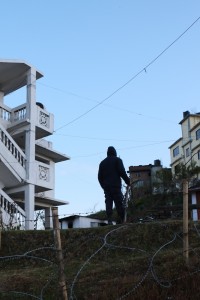
On guard for tripod carrying tourists in Nepal. I walked past him a few hours before – without problem; with the tripod strapped to my backpack.
